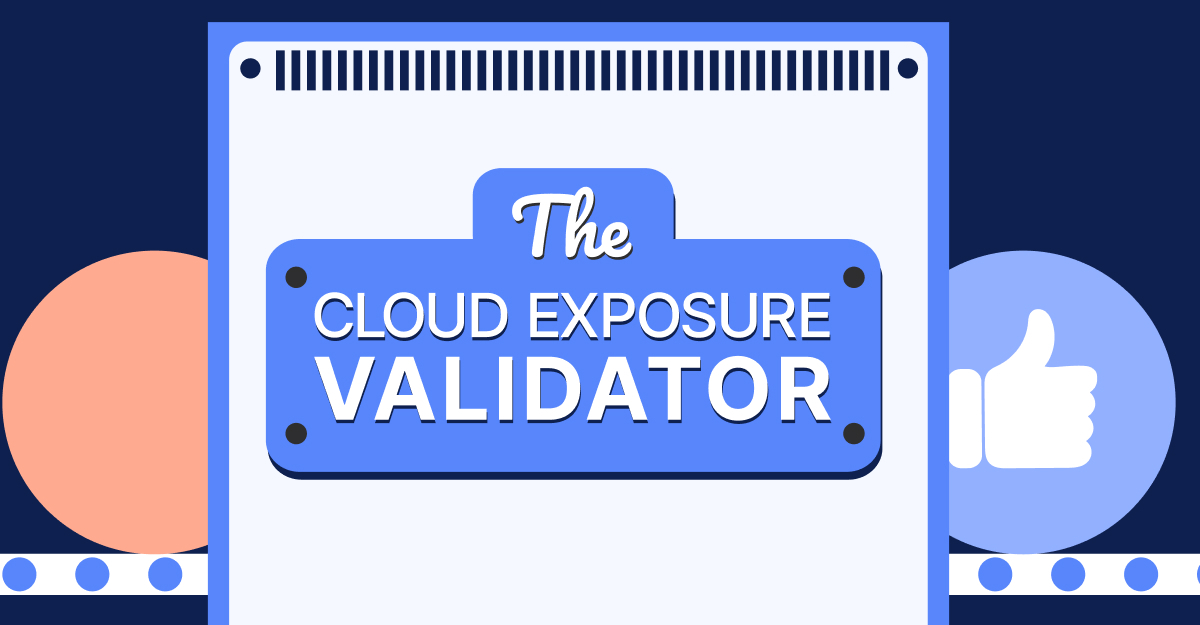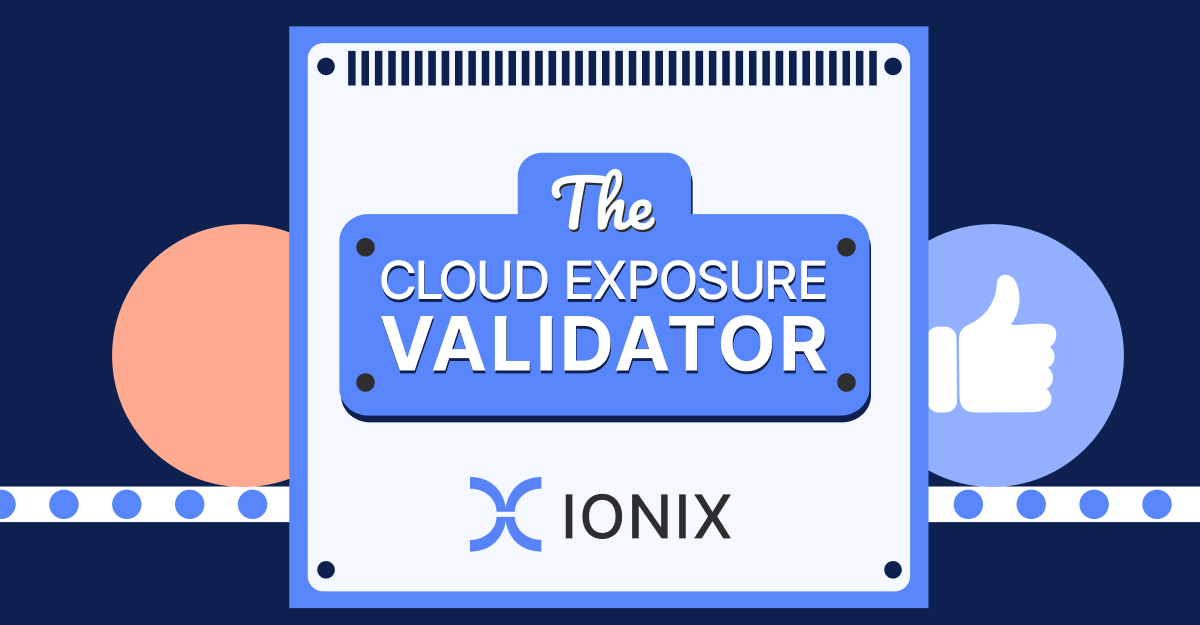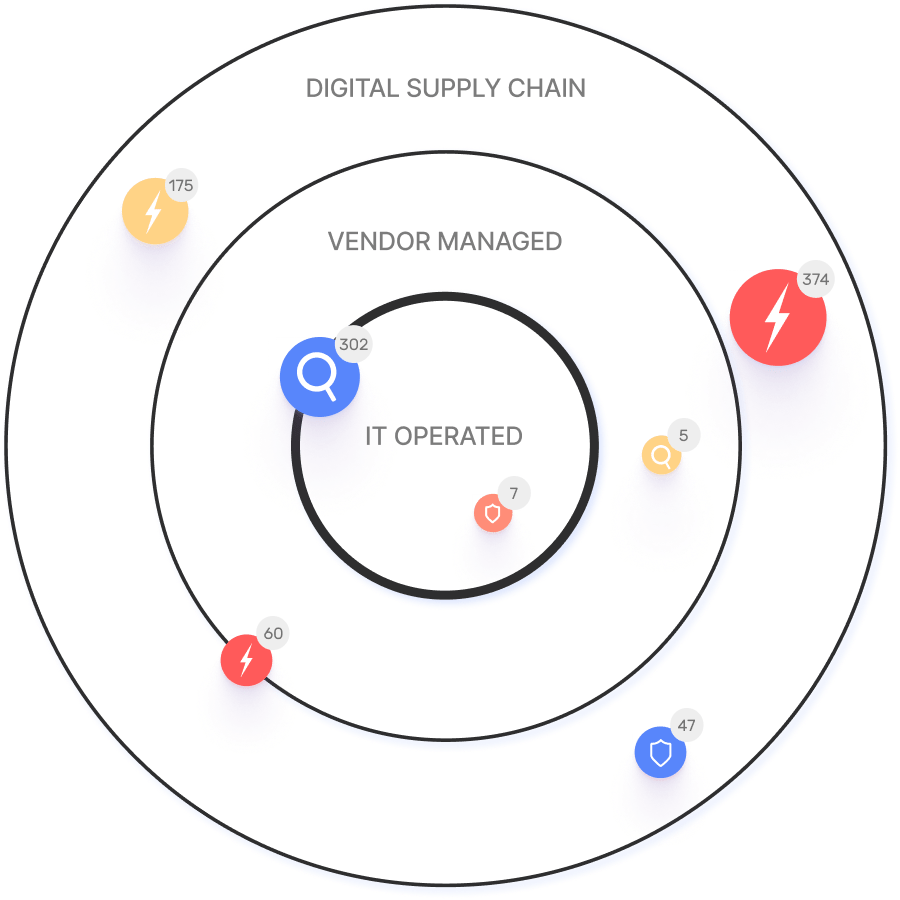What Is Continuous Threat Exposure Management (CTEM)?
Continuous Threat Exposure Management (CTEM) is a formalized process for identifying and remediating the most significant threats to a business. It is used to manage and govern an organization’s overall threat exposure management (TEM) program.
In this article
The need for CTEM and the challenges it should address
Most organizations have more vulnerabilities in their IT environment than can be effectively managed. With over 40,000 new vulnerabilities discovered in 2024 alone, most organizations have a backlog of patches and updates to test and apply. However, the vast majority of these vulnerabilities can’t or won’t ever be exploited by an attacker, meaning that they pose no real threat to the business.
CTEM is essential to manage the true threats that organizations face. These include exploitable vulnerabilities and other security gaps that are most likely to be targeted by an attacker and that pose the greatest potential threat to critical IT assets and business workflows.
The CTEM process is designed to guide organizations to identify truly exploitable vulnerabilities and to prioritize them based on the threat that they pose to the business. Addressing them based on these priorities maximizes the ROI of remediation efforts.
CTEM in 5 Steps
CTEM empowers security teams with up-to-date visibility into the top real threats to the business. Accomplishing this requires automated monitoring and the ability to differentiate real threats from false positives.
The CTEM process is divided into the following five stages:
#1. Scoping
Traditional vulnerability management takes a narrow view of an organization’s digital attack surface. It focuses on vulnerabilities in software, ignoring the potential threats associated with social engineering, Software as a Service (SaaS) applications, and other aspects of an organization’s IT infrastructure.
The Scoping stage of the CTEM process defines the digital attack surface that the organization is looking to manage. This might include both external and internal attack surfaces or particular elements of them, such as an organization’s SaaS security posture.
#2. Discovery
After scoping is complete, the CTEM process moves on to Discovery. This involves identifying assets that fall within the scope, and detecting vulnerabilities, misconfigurations, and other security issues associated with them.
The goal of Discovery is to develop a comprehensive inventory of the assets within scope and their associated threats. Once the inventory is in place, the security team can work to pare it down and prioritize it based on risk and potential business impacts.
#3. Prioritization
Often, traditional vulnerability management uses the Common Vulnerability Scoring System (CVSS) to prioritize vulnerabilities. When a vulnerability is assigned a CVE, it also receives a CVSS score. Addressing vulnerabilities in order from highest to lowest CVSS score theoretically should maximize the impact of remediation on an organization’s risk exposure.
However, CVSS scores are “one size fits all” and don’t consider an organization’s unique business needs or whether cyber threat actors are actively exploiting a particular. CTEM prioritizes threats based on a combination of factors, including:
- Impact on business assets and workflows
- Security controls that reduce or eliminate risk
- CVSS score
- Level of urgency
By considering additional contextual information, CTEM offers a more accurate view of the true risk posed by a particular threat.
#4. Validation
The Validation stage is one of the key ways that CTEM differs from other vulnerability management processes. Often, if a vulnerability is present in a system, the assumption is that it must be addressed. However, some vulnerabilities aren’t exploitable, and, even if an attacker can exploit a vulnerability, this doesn’t guarantee that the vulnerability enables them to achieve their goal.
For example, an organization may have an application that is vulnerable to a known threat, such as Log4j, for which exploits are available and in active use. However, if an organization has a firewall in place that identifies and blocks Log4j exploit attempts, then the vulnerability poses less of a real threat to the business than other vulnerabilities for which no such security control is in place.
During the validation stage, the security team should confirm a threat’s exploitability and map out attack chains using it. These can be used to determine potential business impacts and whether the issue requires remediation.
#5. Mobilization
CTEM doesn’t end with a list of identified and prioritized threats. In many cases, identified issues can be addressed automatically by a CTEM platform. However, some threats may also require manual remediation.
Benefits of implementing a CTEM program
A CTEM program modernizes an organization’s approach to managing cyber risk and can provide significant benefits, including:
- Improved Security Posture: CTEM focuses remediation efforts on the most significant threats to address validated risks to organization. By properly prioritizing threat remediation, an organization decreases its overall risk exposure.
- Cost Savings: CTEM reduces the potential for an organization to suffer expensive and damaging security incidents. Additionally, threat validation prevents resources from being wasted remediating issues that don’t pose a true threat to the business.
- Faster Threat Detection: CTEM performs continuous monitoring of an organization’s attack surface for potential threats. Finding and addressing issues more quickly reduces the threat that they pose to the business.
- Enhanced Regulatory Compliance: Data protection laws and similar regulations mandate that organizations take steps to protect sensitive data against exposure. CTEM aids compliance by enabling organizations to quickly identify and address potential threats to compliance.
Automating CTEM with IONIX
Adopting CTEM enhances an organization’s ability to manage security risks while reducing cost and inefficiencies. Instead of trying to address every vulnerability — an impossible task in most cases — CTEM focuses on the threats that are most likely to cause harm to the business.
CTEM requires continuous monitoring to keep threat inventories and priorities fresh, making automation critical to its success. Automated CTEM tools are also vital in achieving threat visibility at scale due to the rapid expansion of corporate digital attack surfaces.
IONIX provides attacker-centric visibility into an organization’s digital attack surface and threat prioritization based on knowledge of corporate assets and workflows. Learn more about how to implement CTEM in your organization with IONIX, or book a demo.




